2 November 2014 Edition
The Irish Neutrality League
Remembering the Past
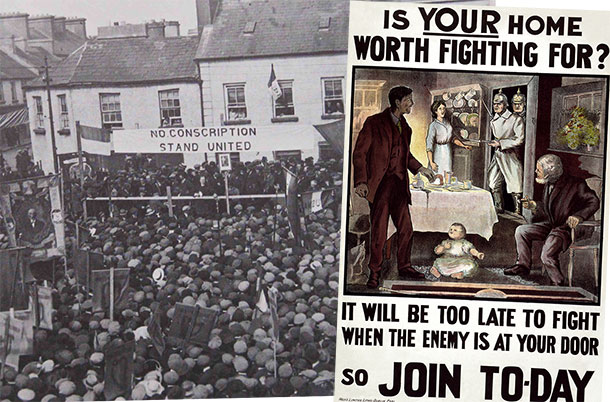
The Irish Neutrality League’s first circular was issued on 5 October, signed by a committee headed by James Connolly as President
BY NOVEMBER 1914, the scale and horror of the war in Europe was beginning to emerge and the British Government was desperate for recruits to swell the ranks of the British Army. In Ireland, John Redmond and his Irish Parliamentary Party had agreed to become British recruiting sergeants but they were met with determined opposition from Irish republicans, trade unionists and other progressive voices.
The British felt confident enough to send Prime Minister H. H. Asquith to Dublin on 25 September where he spoke along with Redmond at a recruiting meeting in the Mansion House. However, the hall had to be guarded by a large force of police and British soldiers as thousands of people, led by the Irish Citizen Army, demonstrated on the streets outside.
The Irish Transport and General Workers’ Union, led by Jim Larkin and James Connolly, and their paper, The Irish Worker, were vocal in opposition to the dragging of the Irish people into the war. So also was Sinn Féin, as well as many individual radicals, such as husband and wife Hanna and Francis Sheehy-Skeffington. He was a well-known pacifist and she was a prominent feminist and republican. In October 1914, Hanna demonstrated in Wexford town against one of Redmond’s recruiting meetings and narrowly escaped with her life when she was violently attacked by his supporters.
The Irish Volunteers had by this time repudiated Redmond and said in their statement rejecting him:
“Ireland cannot, with honour or safety, take part in foreign quarrels otherwise than through the free action of a national government of her own.”
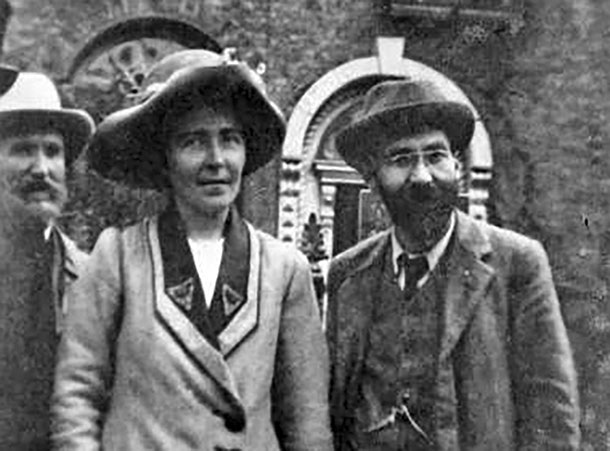
• Hanna and Francis Sheehy-Skeffington
The Irish Republican Brotherhood backed these efforts to assert Irish independence and saw in the war an opportunity to strike a blow for Irish freedom.
It was these forces which came together in the autumn and winter of 1914 under the banner of the Irish Neutrality League.
Its first circular was issued on 5 October, signed by a committee headed by James Connolly as President, Seán T. O’Kelly as Secretary and members including Arthur Griffith, Constance Markievicz and Francis Sheehy-Skeffington.
As well as seeking to keep Ireland out of the war, the statement spoke of preventing employers forcing workers into the British Army and the need to safeguard food supplies in Ireland. Like the earlier Irish Volunteers’ declaration, the League statement also denounced the proposed partition of the country to which Redmond had agreed in principle.
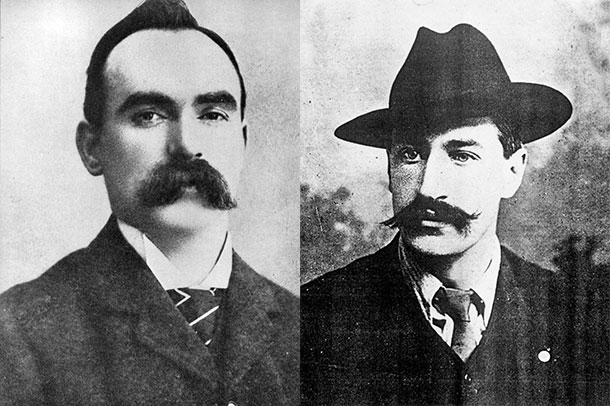
• James Connolly and Jim Larkin
The Irish Neutrality League held its first public meeting on 12 October with Connolly in the chair and committee members and others speaking. Connolly stressed the unity of the various groups involved, including, Cumann na mBan, Iníní na hÉireann and the various women’s franchise groups.
Major John MacBride (executed for his part in the 1916 Rising) said that any Irishman who joined the British Army “deserved to be shot in this world and damned in the next” to cheers from the audience.
The Irish Neutrality League, while short-lived as an organisation, brought together the forces opposed to Ireland’s involvement in the war and it defined Irish neutrality more clearly than ever before. Opposition to the war, as well as its use as an opportunity to strike a blow for Irish freedom, would continue to be crucial to unfolding events, including the 1916 Rising, the fight against conscription and the 1918 general election.
The Irish Neutrality League was active in the autumn and winter of 1914, 100 years ago.
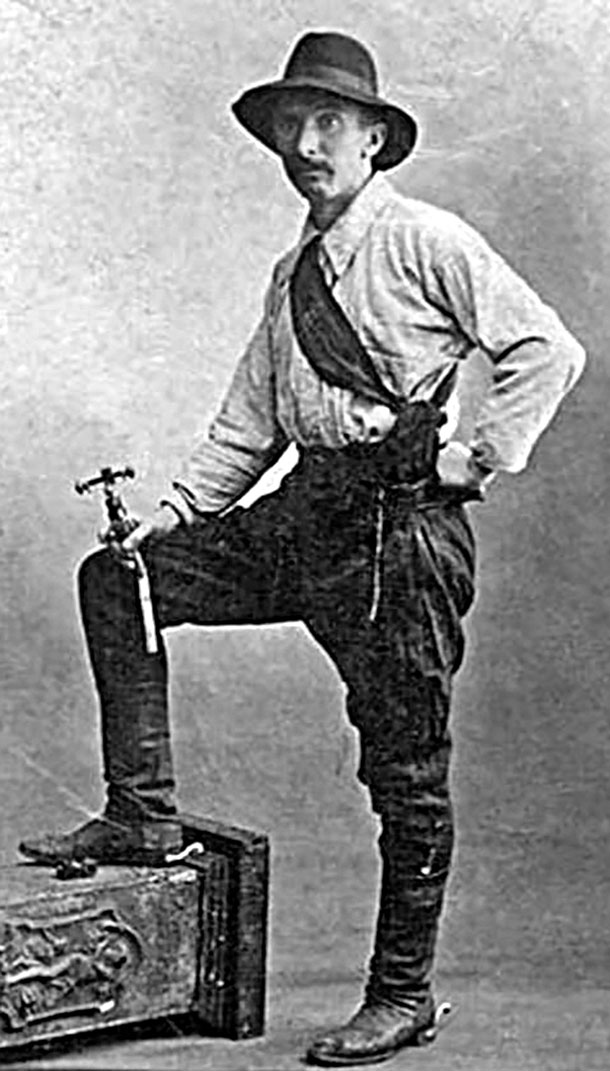
• Major John MacBride, Transvaal Irish Brigade, holding the sight of a British cannon captured at Colenso
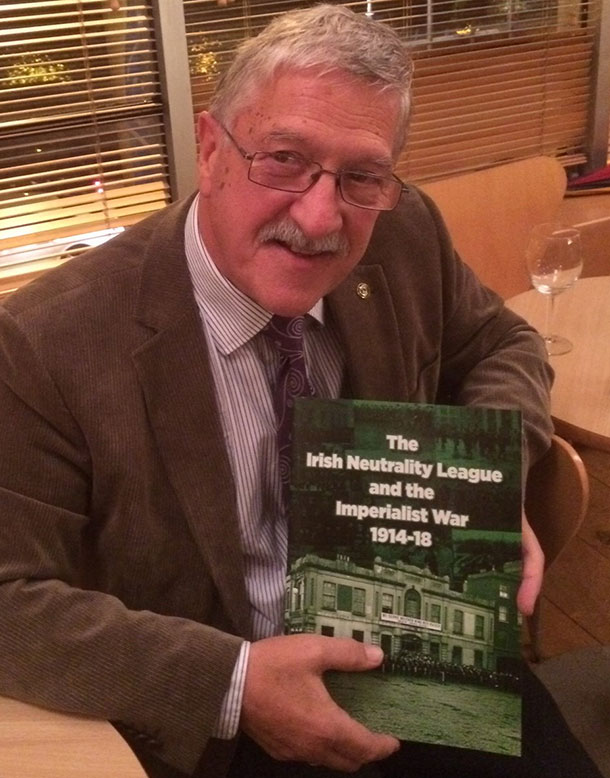
The story of the Irish Neutrality League is told in a new publication from the Peace and Neutrality Alliance (PANA). The Irish Neutrality League and the Imperialist War 1914-1918 has contributions from a variety of Irish contributors as well as one each from Germany and Britain. A well-researched piece by Francis Devine provides probably the first proper overview of the League, while the publication places the League in the context of the current pressing need to reassert Irish neutrality and independent foreign policy. The booklet, which is very well-illustrated and designed, is available from PANA www.pana.ie, from the Sinn Féin bookshop and other outlets, price €5.




